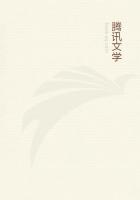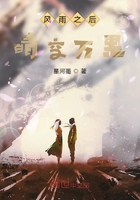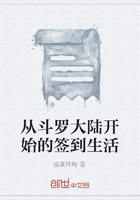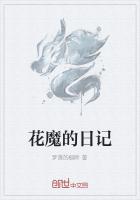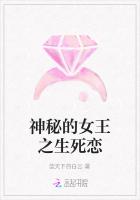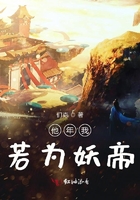Hopi Katchinas. The Hopi Ethnologic Collection (on second floor) is the best in the world, with the exception of the collection in the Field Columbian Museum, Chicago. In this collection are a large number of katchina dolls. Of these katchinas much might be written. They are ancient ancestral representatives of certain Hopi clans who, as spirits of the dead, are endowed with powers to aid the living members of the clan in material ways. The clans, therefore, pray to them that these material blessings may be given. "It is an almost universal idea of primitive man,"says Fewkes, "that prayers should be addressed to personations of the beings worshipped. In the carrying out of this conception men personate the katchinas, wearing masks, and dressing in the costumes characteristic of these beings. These personations represent to the Hopi mind their idea of the appearance of these katchinas or clan ancients. The spirit beings represented in these personations appear at certain times in the pueblo, dancing before spectators, receiving prayer for needed blessings, as rain and good crops."Powamu and Niman: The katchinas are supposed to come to the earth from the underworld in February and remain until July, when they say farewell. Hence there are two specific times which dramatically celebrate the arrival and departure of the katchinas. The former of these times is called by the Hopi Powamu, and the latter Niman. At these festivals, or merry dances, certain members of the participating clans wear masks representing the katchinas, hence katchina masks are often to be found in Hopi houses when one is privileged to see the treasures stored away. In order to instruct the children in the many katchinas of the Hopi pantheon, tihus, or dolls, are made in imitation of the ancestral supernal beings, and these quaint and curious toys are eagerly sought after by those interested in Indian life and thought. Dr. Fewkes has in his private collection over two hundred and fifty different katchina tihus, and in the Field Colombian Museum there is an even larger collection.
Katchina Baskets. For use in the katchina dances, katchina baskets are made, and if one were to start a collection of all the katchina baskets of the Hopi, he could look forward to possessing, in time, as large a number as Dr. Fewkes has of katchipa dolls.
Indian Pottery. Hopi, Acoma, Santa Clara, Zuni and, other pottery abounds side by side with Navaho blankets, war clubs, bridles, quirts, moccasins, Sioux beadwork, pouches, and baby-carrying baskets. Not only can the Navaho women be found weaving blankets, but, what comparatively few white persons have ever seen, in one of the rooms is a Hopi man weaving a blanket, which I question could be told from a Navaho, even by an expert, unless he saw it woven. In another room, the Hopi's wife is ****** pottery.
During the day, time, when required, the attendants will gladly show visitors the collection of rarer curios on the second floor. An anachronism introduced here, to meet modern requirements, is the indoor stairway, but one excuses it for the sake of the interesting, symbolic, katchina figures that have been painted on the staircase walls.
Mexican Antiques. Here one room is devoted to Mexican antiques,--candlesticks, crucifixes, paintings, tapestry, bells, incense-burners, wooden plow, a model of the ancient caretta, chairs, daggers, etc.
Alaska Room. The Alaska Room contains models of totem poles, carvings on ivory and wood, boats, snowshoes, shields, baskets of several varieties, Haida hats, etc.
Ancient Blankets. The Old Blanket Room contains an assortment of the rarer and older Navaho, Mexican and Chimillo blankets, some of which are in the exquisite old colors used before modern aniline dyes were known. Scattered about also are some rare pieces of ancient pottery in black and white, dug out from ruins in Arizona and New Mexico.
Hopi Altar Room. By far the most interesting room in the house to the thoughtful inquirer is the Hopi Altar Room. Here are two reproductions of altars made by the ethnologist, Rev. H. R. Voth, who was led to his study of the Hopi while a Mennonite missionary to the Oraibi pueblo. These altars are thus described by him:


